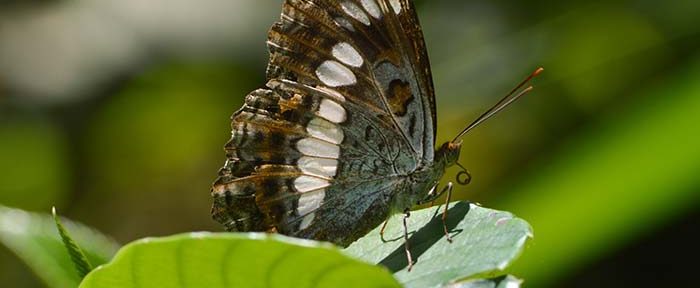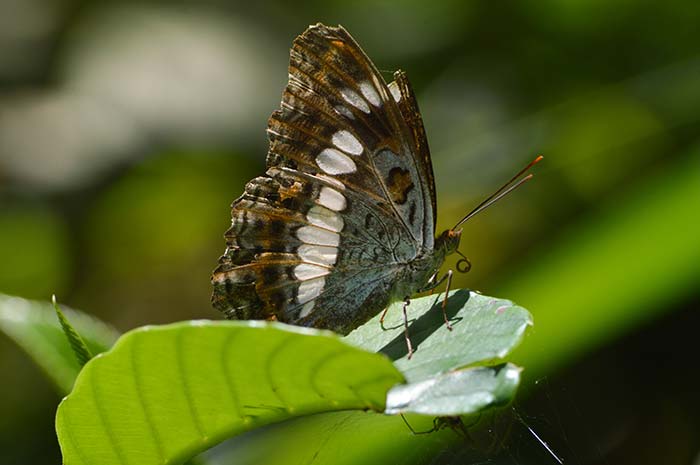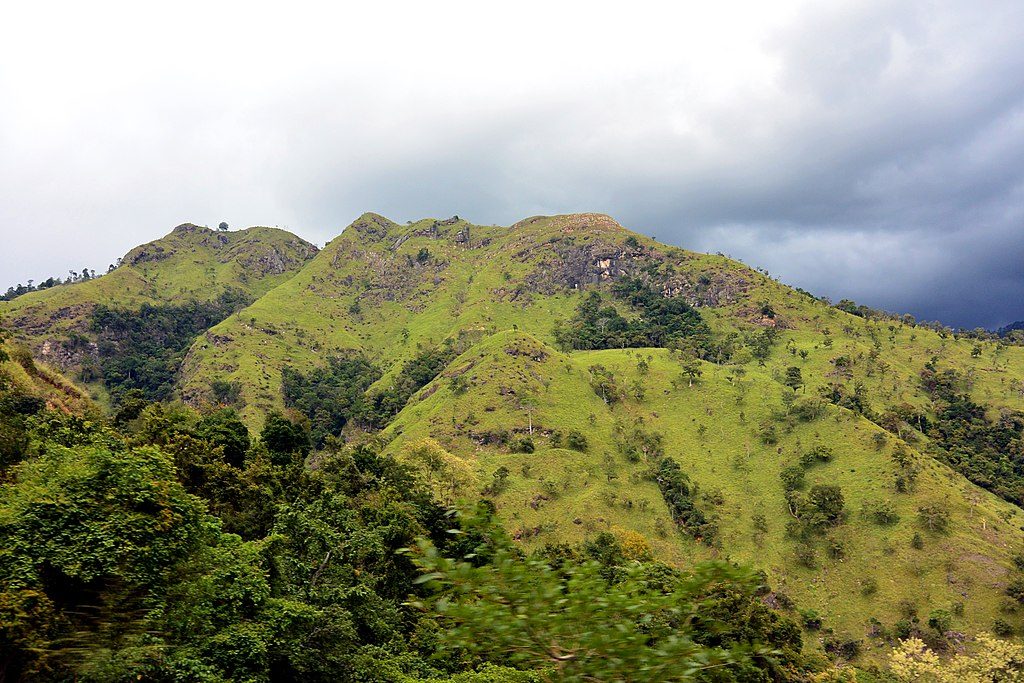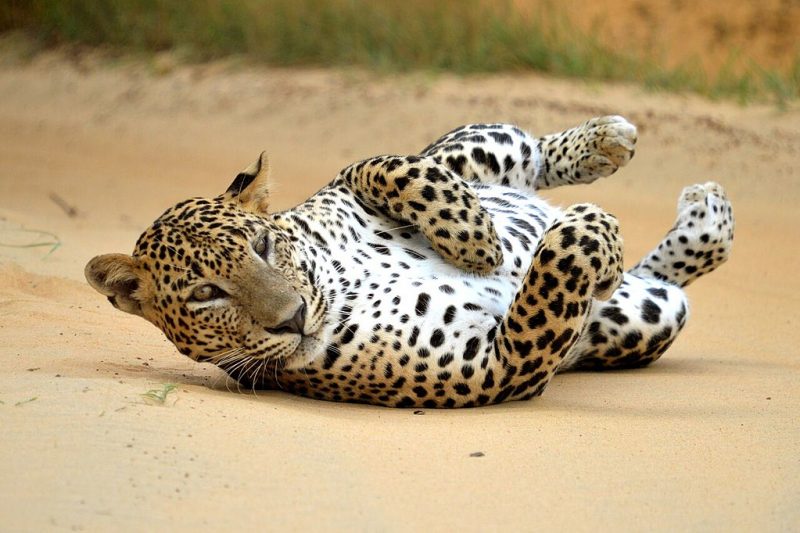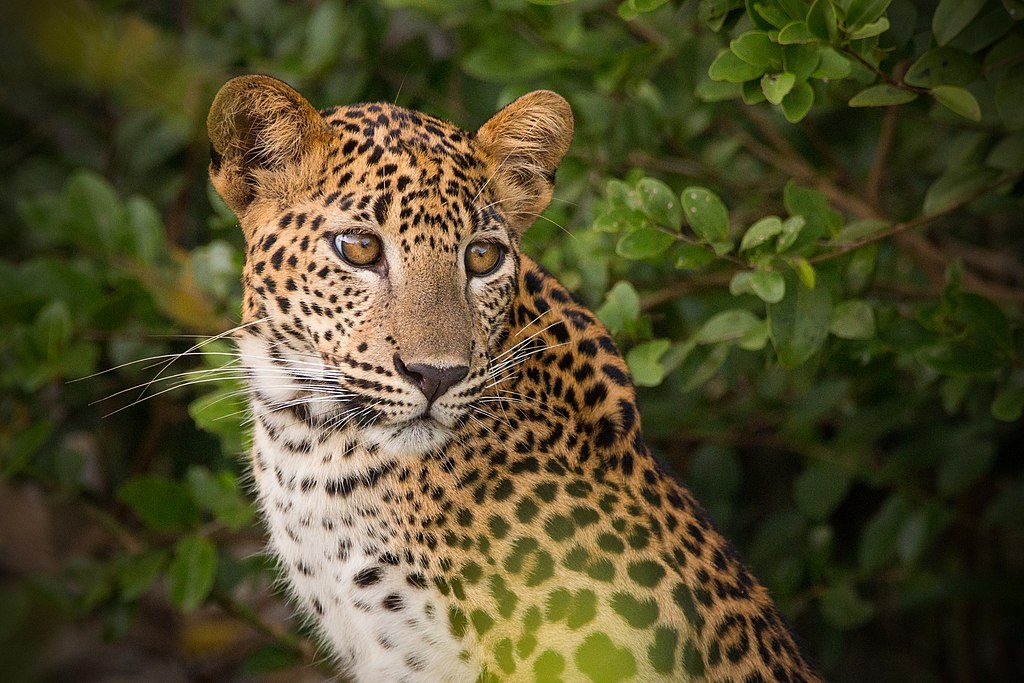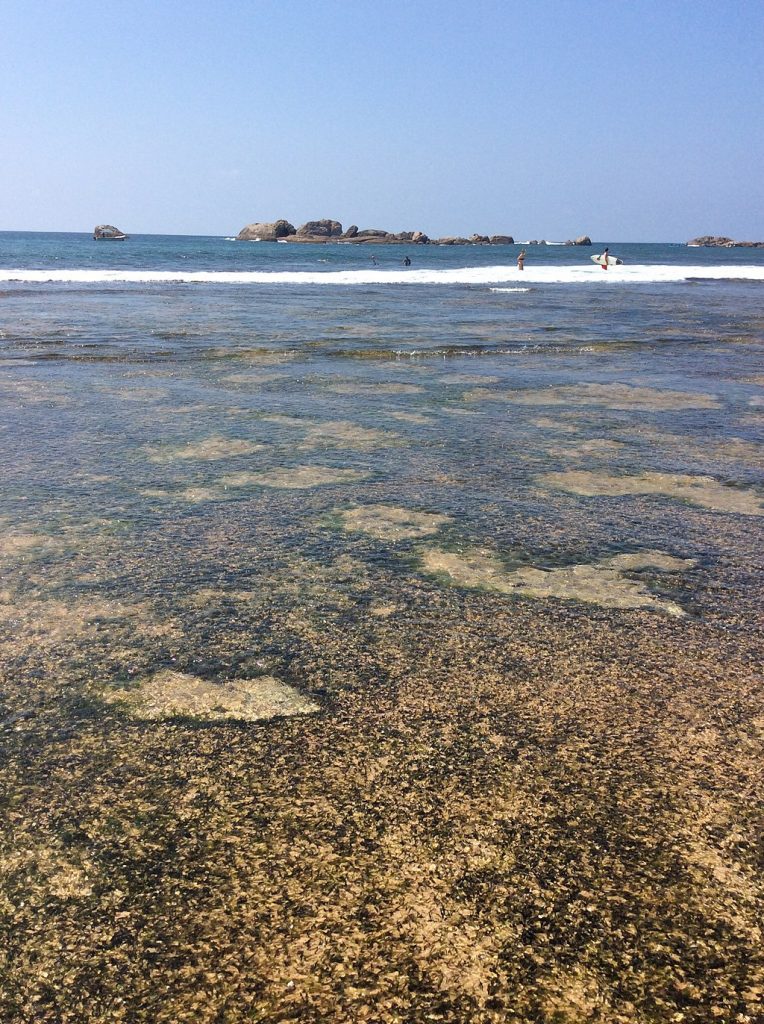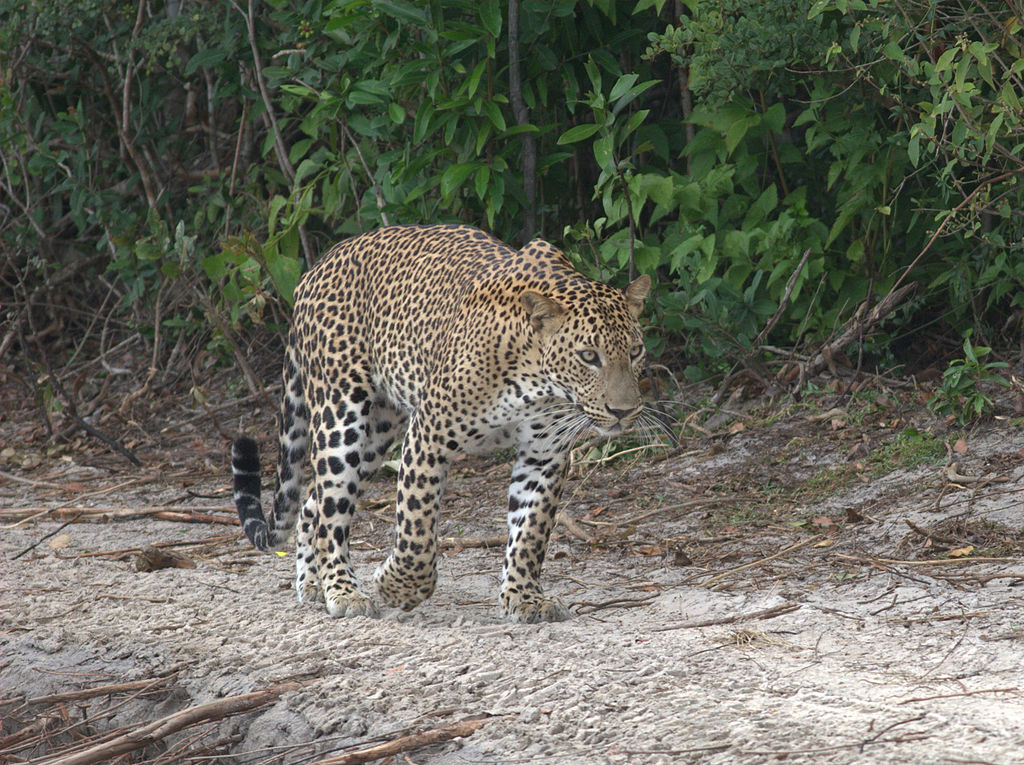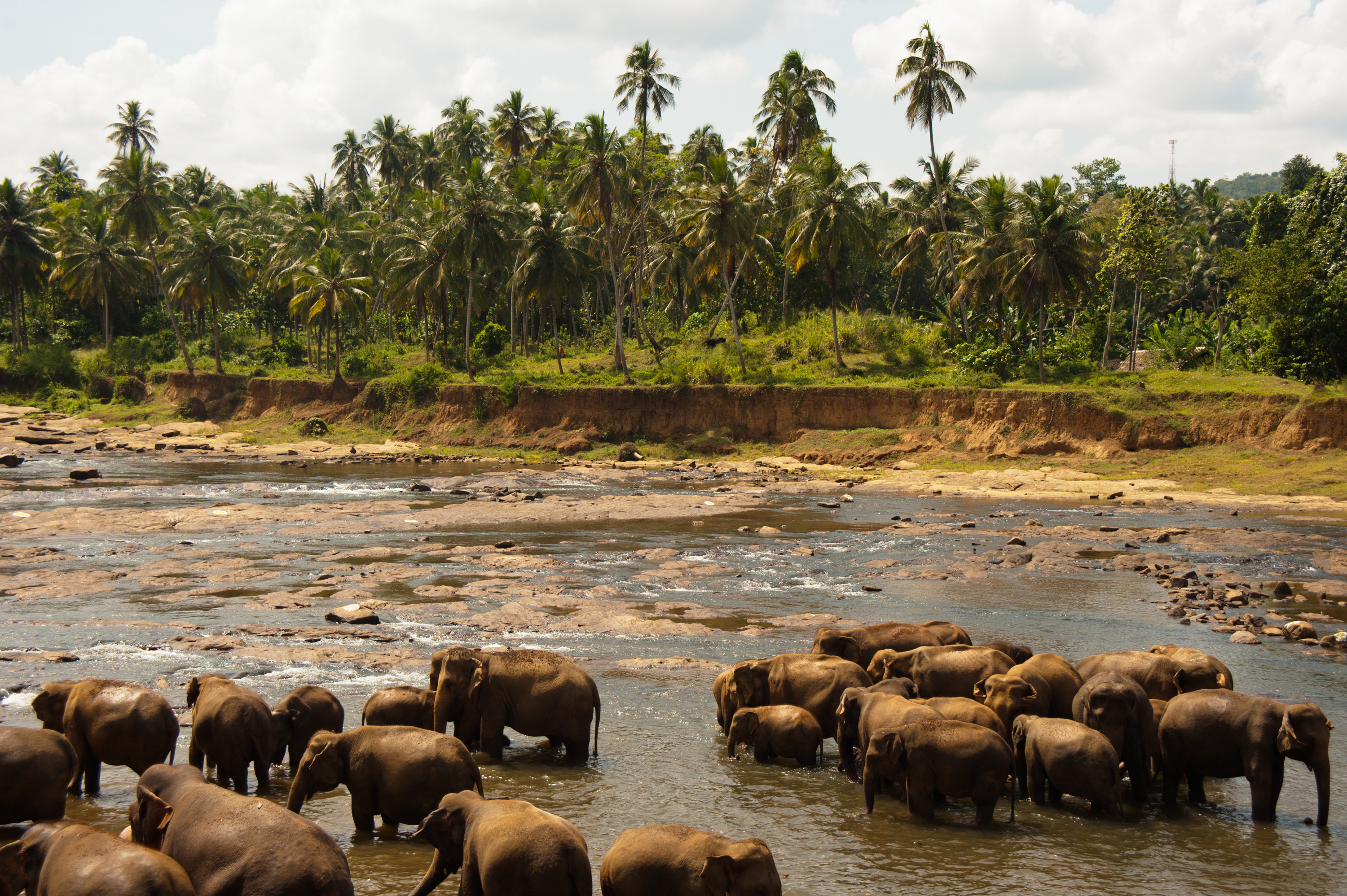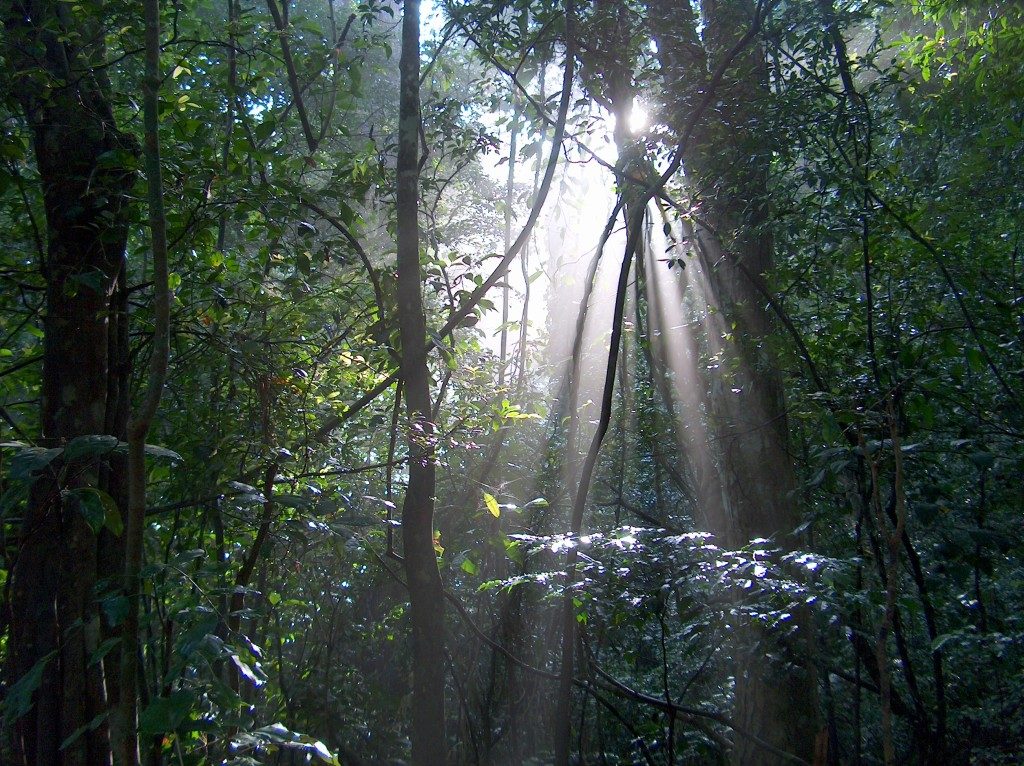If you love witnessing wildlife in their natural habitat then Sri Lanka is the destination for you. Here are some key places where wildlife abounds.
Yala and Wilpattu
There’s nothing quite as thrilling as spotting an elusive Sri Lankan leopard on a safari at the Yala or Wilpattu national parks. These majestic predators are not the only wild inhabitants you may see; be on the lookout for Sri Lankan elephants, sloth bears, crocodiles, deer, monkeys and a wide range of bird species too.
Sinharaja Forest Reserve
A Biosphere Reserve, this forest sanctuary is a premier spot for bird watching. If you stay at a Sinharaja eco lodge Sri Lanka has to offer, you can easily see many of these birds. The Rainforest Ecolodge, Sinharaja is one such option from where you can head off on birdwatching excursions to spot endemic species like the Sri Lanka Blue Magpie, Sri Lanka Wood Pigeon and Sri Lankan junglefowl.
Minneriya and Udawalawe
At Minneriya National Park you can witness The Gathering (June to September) featuring hundreds of elephants, while the Udawalawe National Park is home to a sizeable elephant population too. On safaris at these parks, one also see a diverse array of other species including toque macaques, mugger crocodiles, deer and if you’re lucky, a leopard or two.
Mirissa and Trincomalee
Located on the south and east coasts respectively, Mirissa and Trincomalee are two of the best spots for whale watching in Sri Lanka. Apart from seeing species like blue whales and humpback whales, you can glimpse playful dolphins too!

